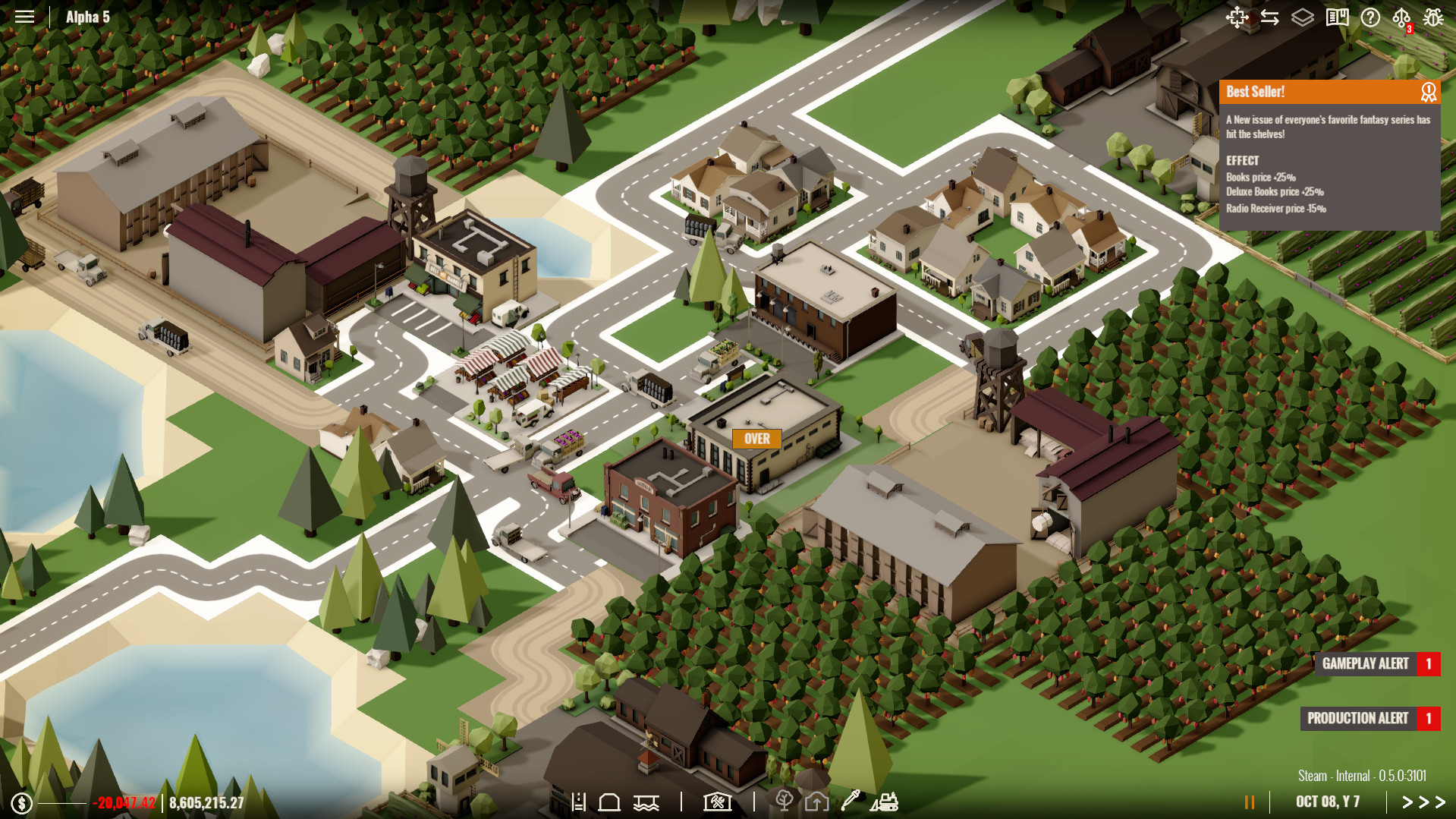

The introduction of electricity enabled manufacturers to increase efficiency and helped make factory machinery more mobile. In the early part of the 20th century, the world entered a second industrial revolution with the introduction of steel and use of electricity in factories. During this period of time, manufacturing evolved from focusing on manual labor performed by people and aided by work animals to a more optimized form of labor performed by people through the use of water and steam-powered engines and other types of machine tools. The first industrial revolution happened between the late 1700s and early 1800s. There are four distinct industrial revolutions that the world either has experienced or continues to experience today. Evolution of Industry from 1.0 to 4.0īefore digging too much deeper into the what, why, and how of Industry 4.0, it’s beneficial to first understand how exactly manufacturing has evolved since the 1800s. To survive and thrive now, you have to be willing to invest in Industry 4.0. Benefits of Adopting an Industry 4.0 Model.Basic IIoT Concepts and Glossary of Terms.The Evolution of Industry from 1.0 to 4.0.This resource will provide you with an in-depth overview on the topic of Industry 4.0 and IIoT, including information on the following: Industry 4.0 isn’t just about investing in new technology and tools to improve manufacturing efficiency-it’s about revolutionizing the way your entire business operates and grows. That’s where Industry 4.0 comes into play. See how descriptive, diagnostic, and predictive analytics can help your business. Jump into the manufacturing data-driven revolution. Data is the Next Frontier for Manufacturing


 0 kommentar(er)
0 kommentar(er)
